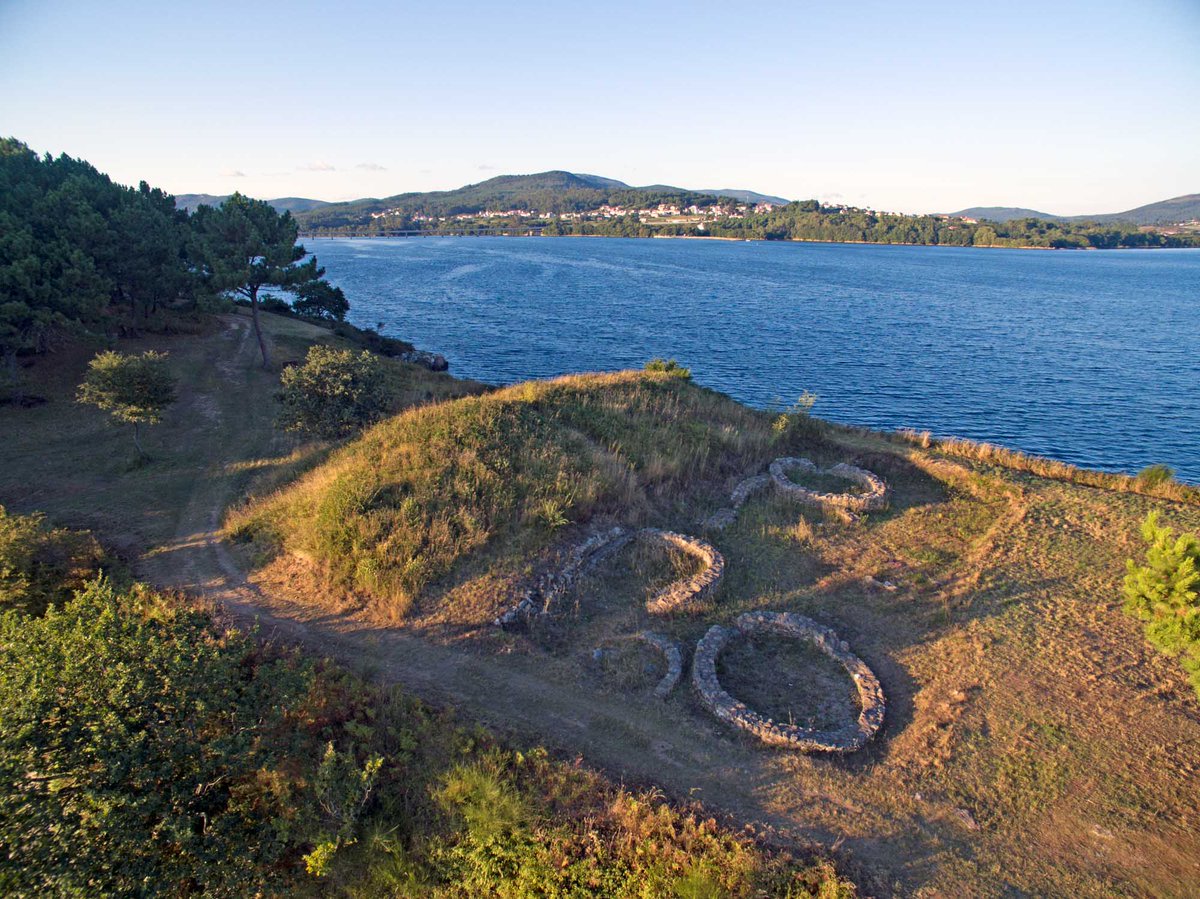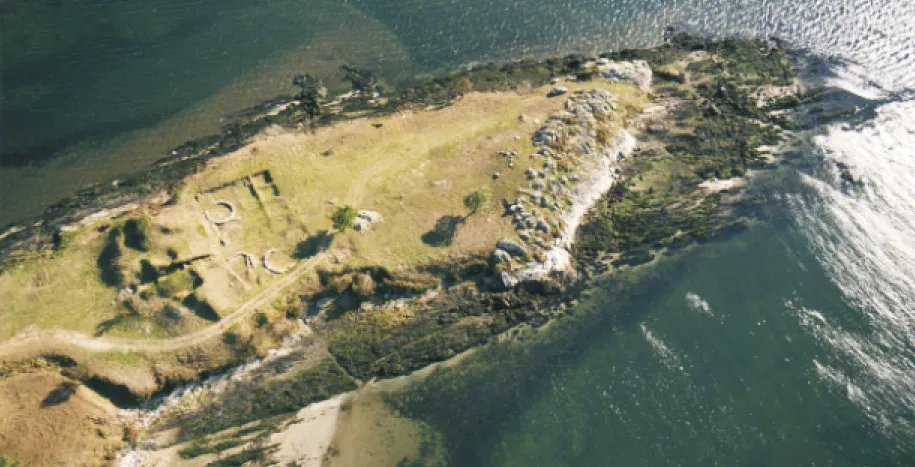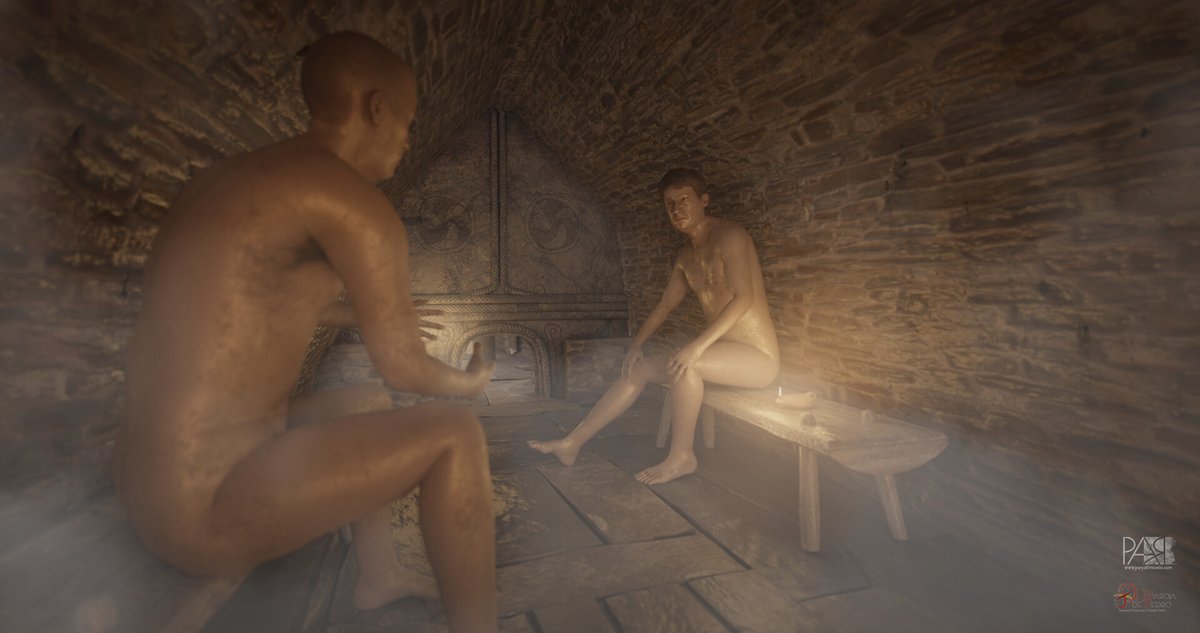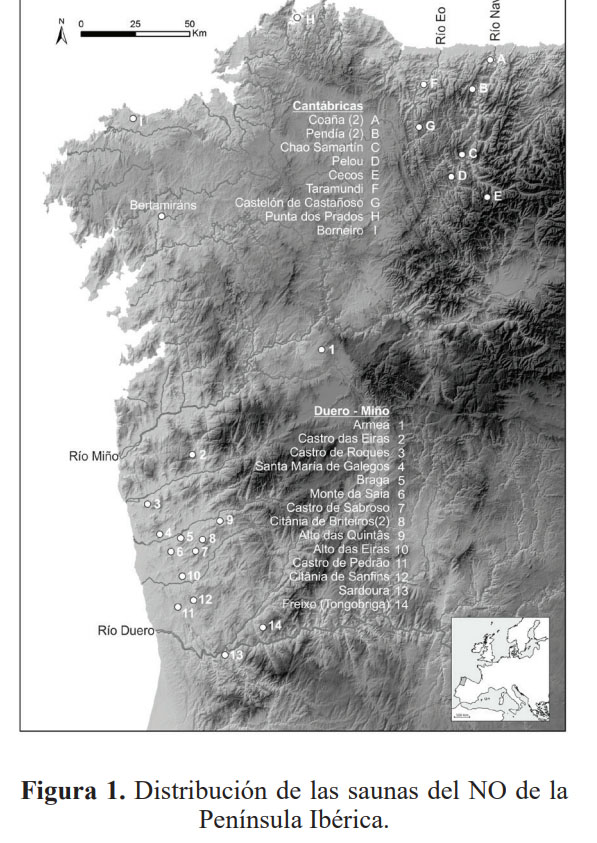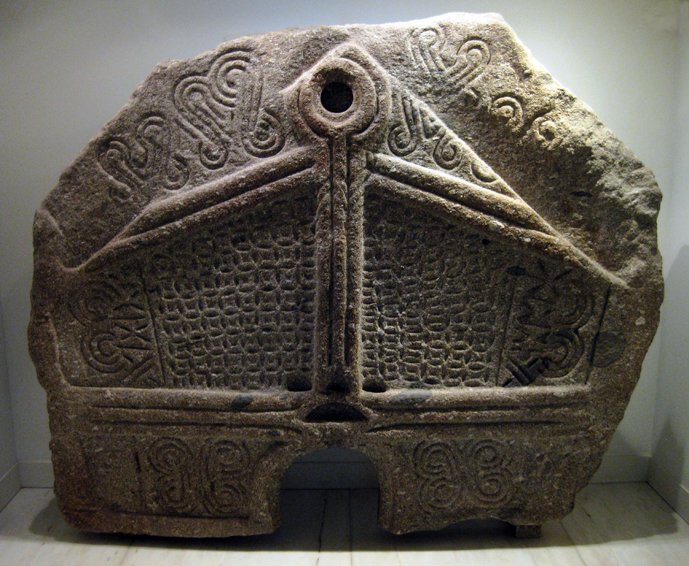
This is the hillfort of Castromao (Celanova, #Galicia), the former Coeliobriga (celt., 'The fort of the Bold'). An object found here is key to understanding the politics of the hillforts. Other... is just the cutest thing you will see today on twitter. Go!👇 #HillfortsWednesday 

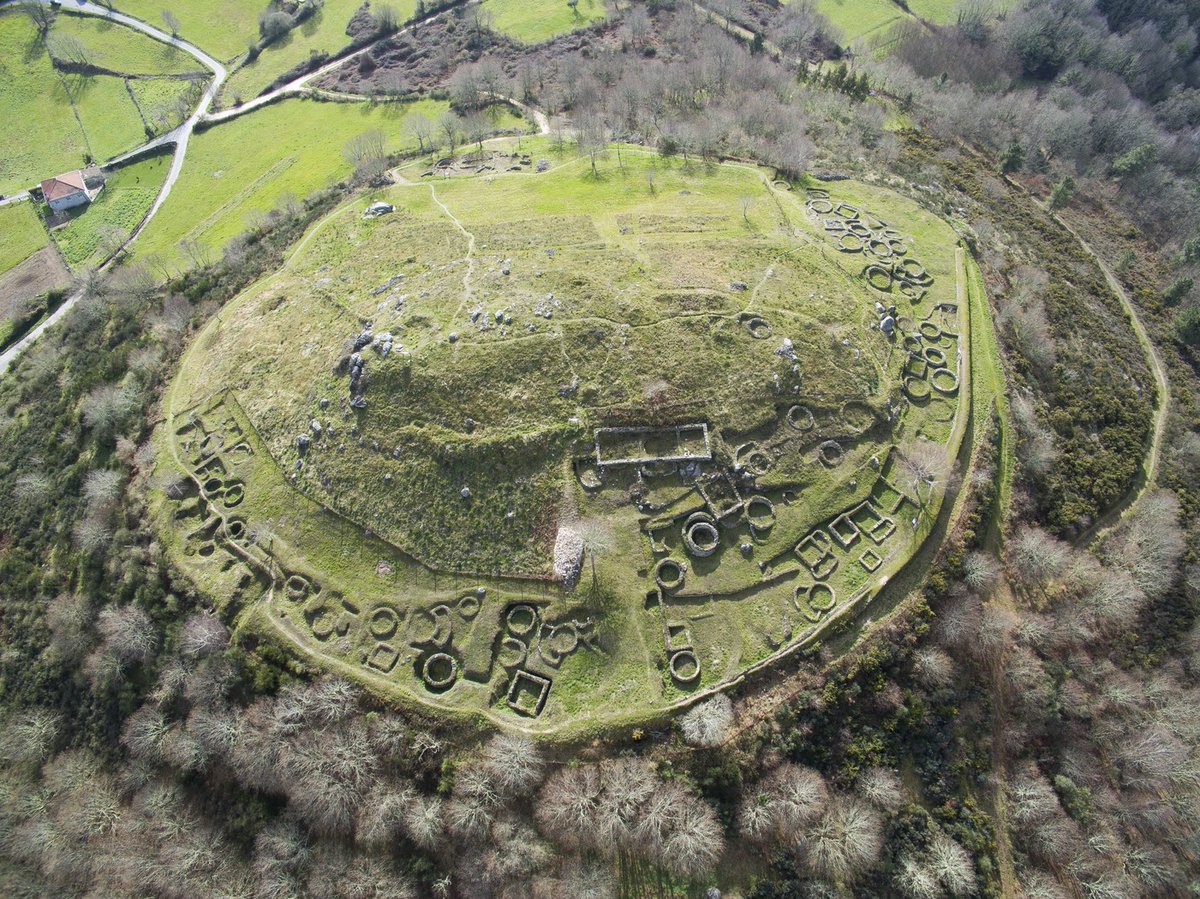
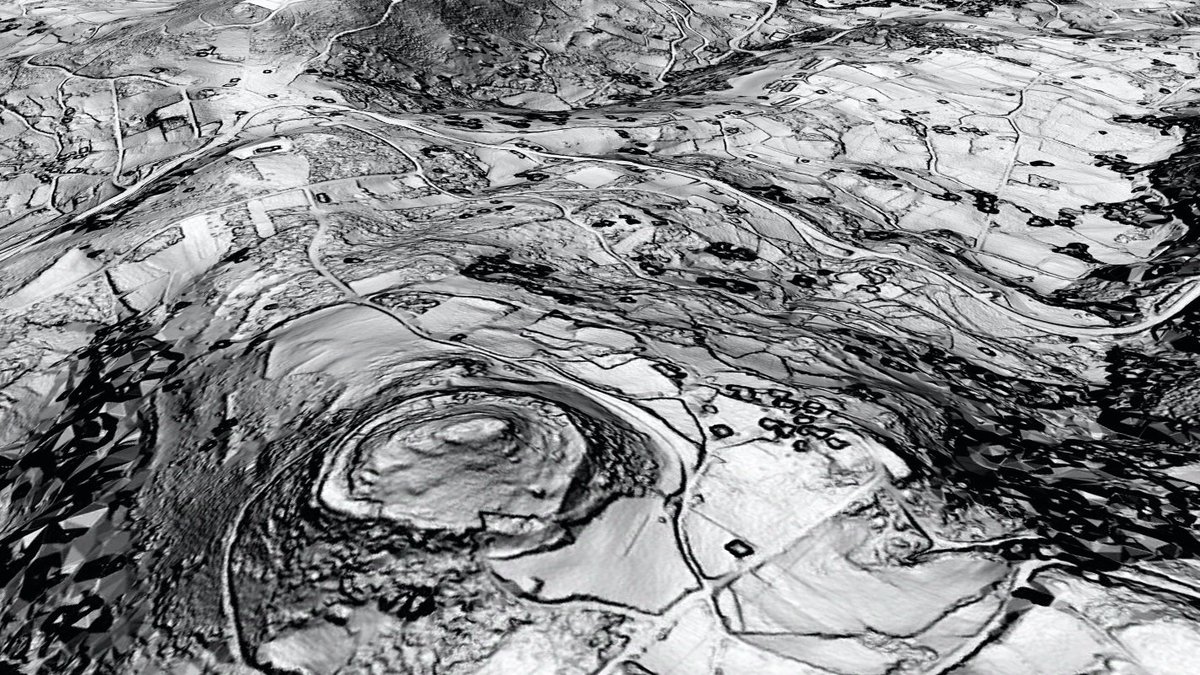
Coelibriga was inhabited from the end of the Bronze Age until the height of Roman times. Outstanding examples of Gallaecian Iron Age art have been found there. #HillfortsWednesday 

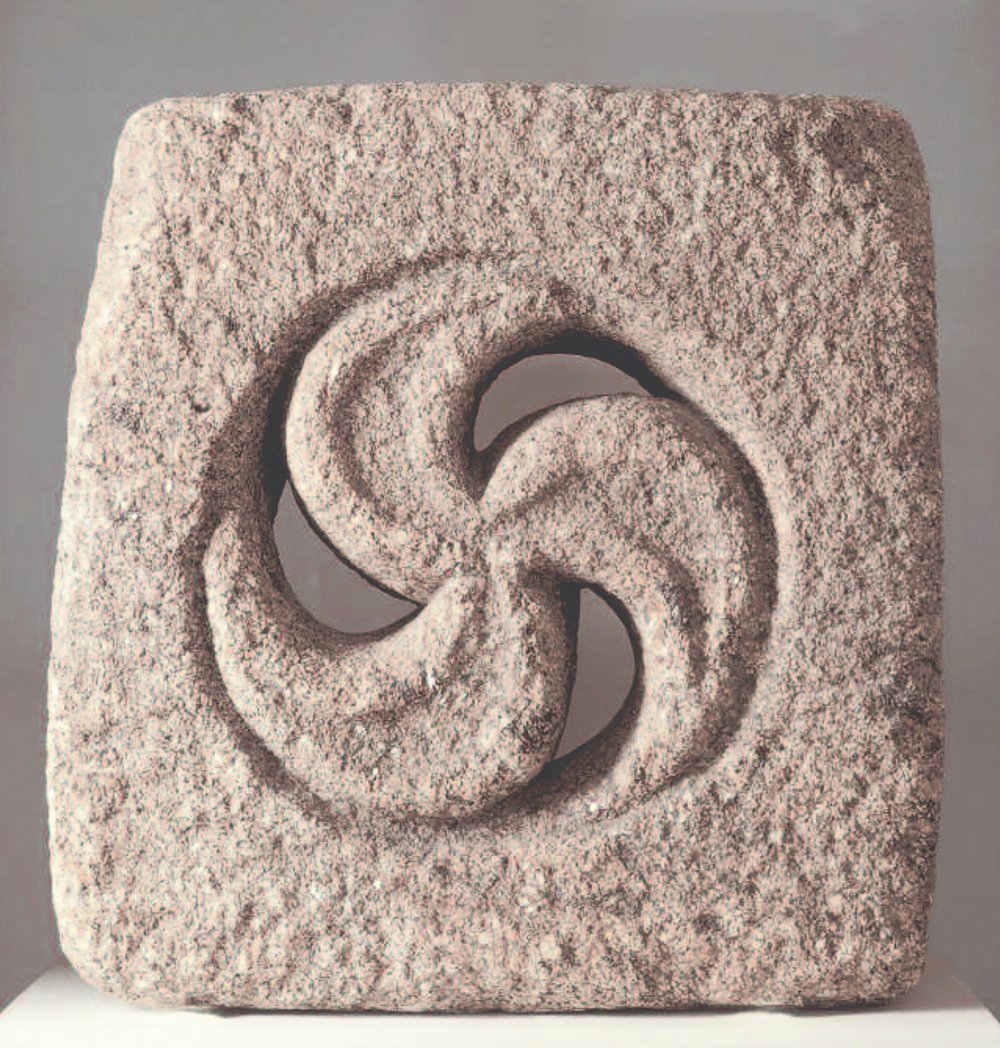
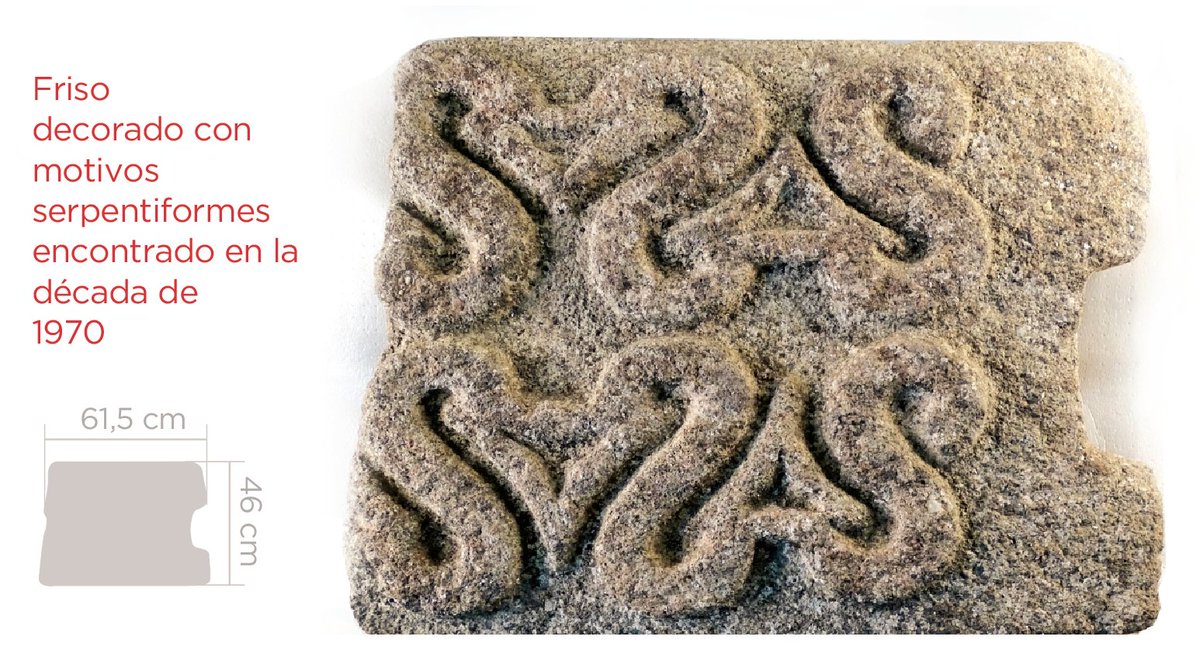
And even unique technological objects. This is a portable oven, possibly used for melting metals. Raw gold pieces have been found in the hillfort. #HillfortsWednesday 
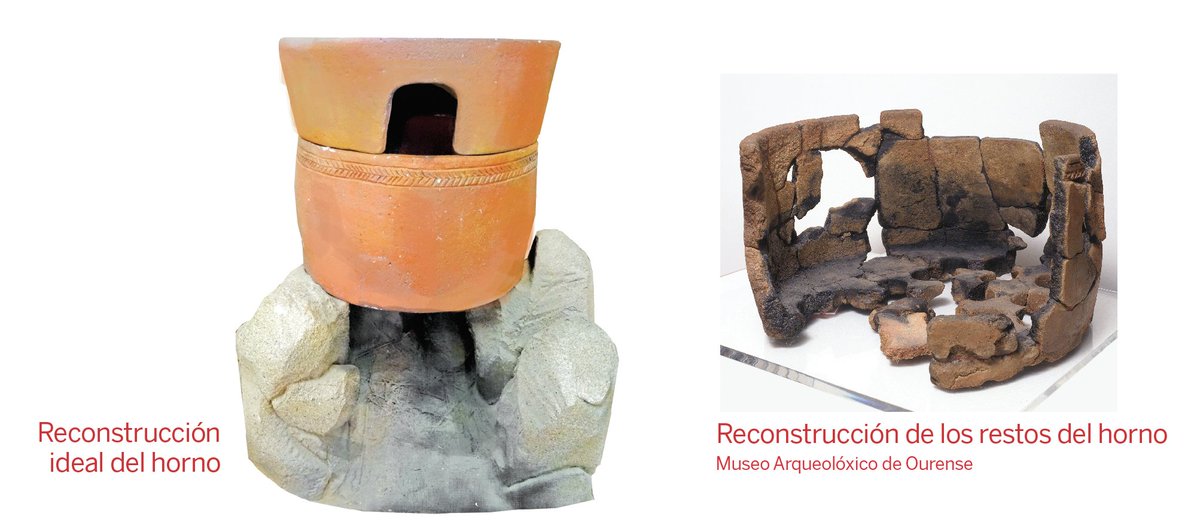
But let's stop at the 'tabula district', a singular group of buildings next to the rampart. Here, exceptional objects were found. One of them in that building with the elevated door. #HillfortsWednesday 


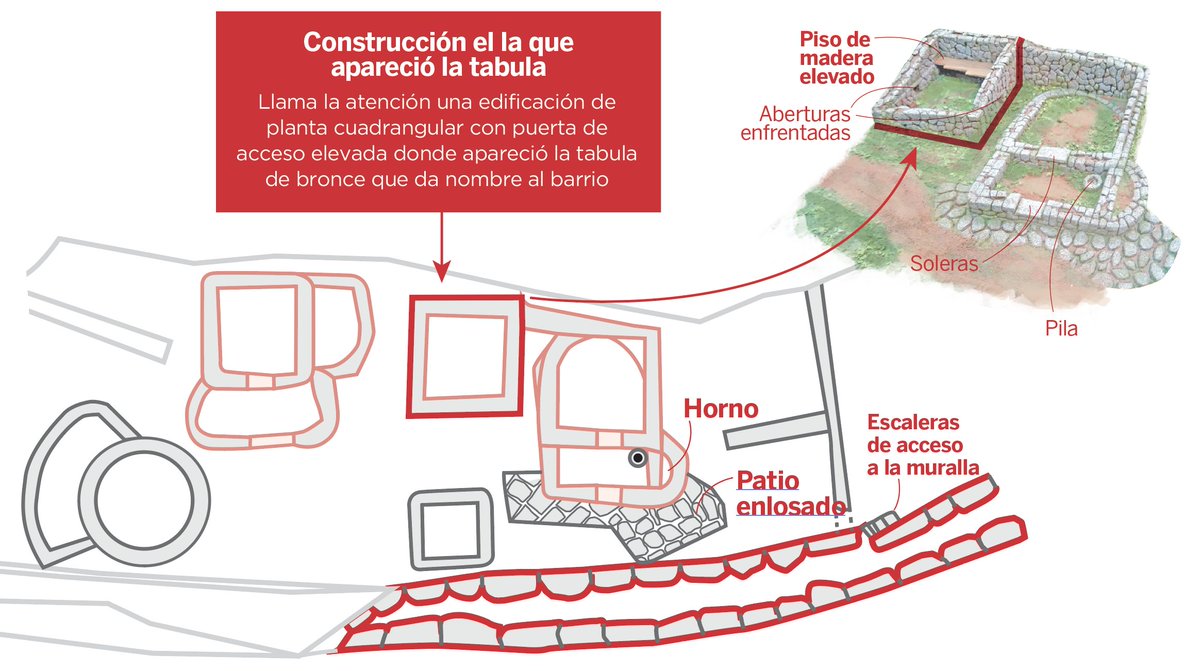
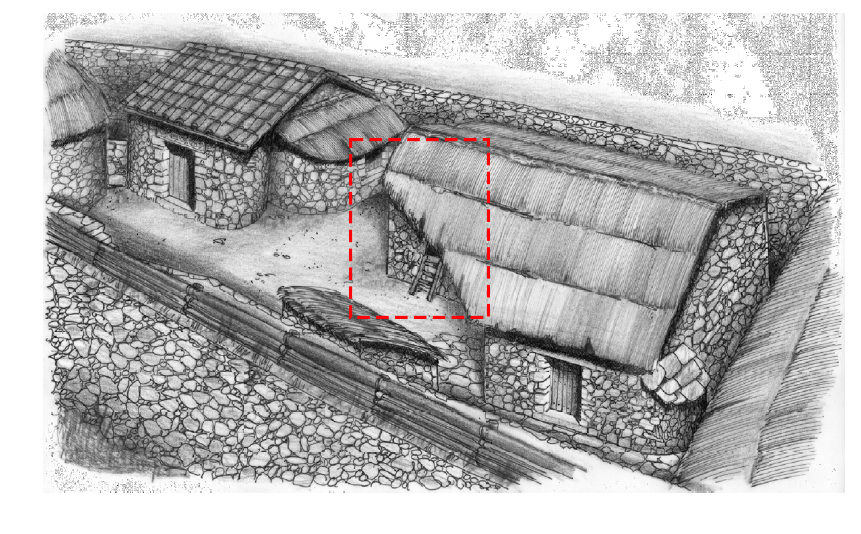
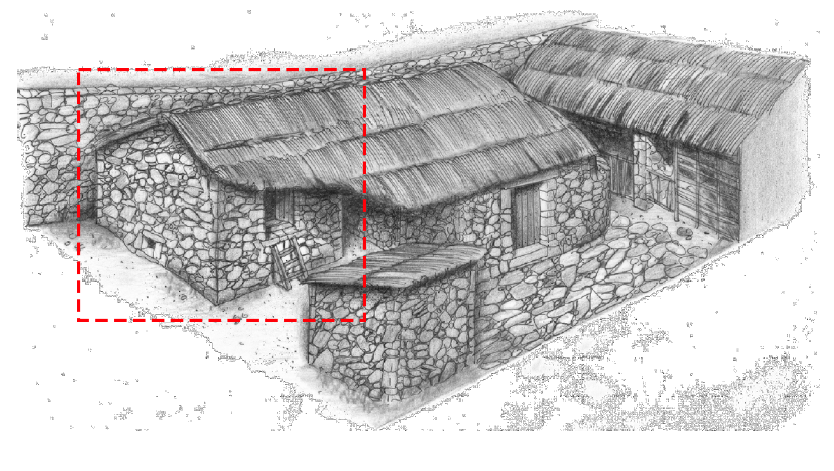
This is the amazing Tabula de Castromao. A pact of hospitality between the Coelerni people and G. N. Aquilinus Novaugustanus, the prefectus of the first cohort of Celtiberians in the Roman army. It was signed en el 132 AD. #HillfortsWednesday 
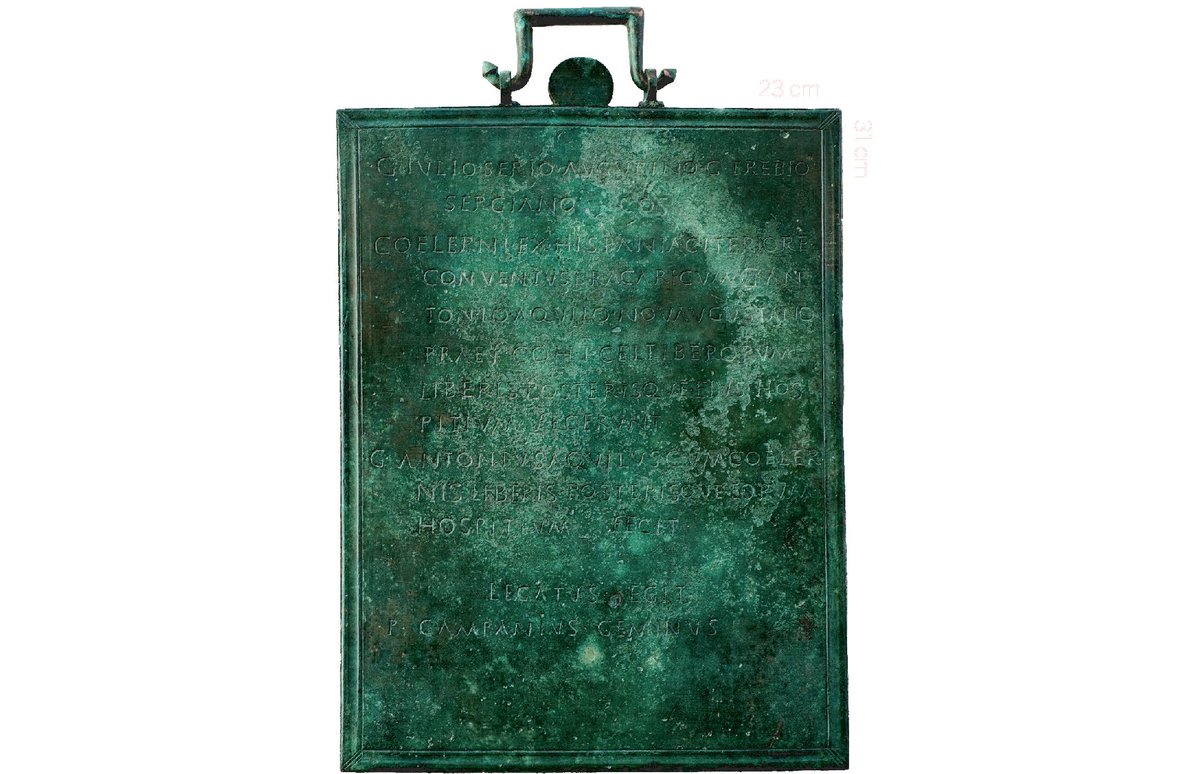
These hospitality arrangements were an old tradition of the Iron Age peoples in the north of the Iberian Peninsula. The Romans took advantage of them in their diplomatic relations with them. This is another example of Gallaecia, the Tabula do Courel. #HillfortsWednesday 
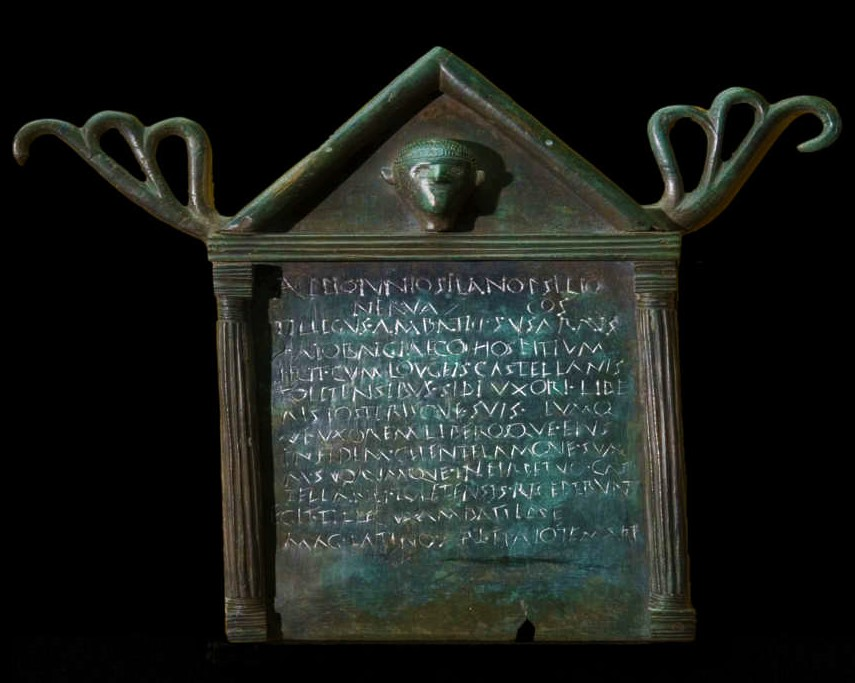
There are interesting things in the Tabula de Castromao. Look at how, on the Roman side, just a representative signs. On the Gallaecian side, everyone does, 'the Coelerni'. What does this mean? Is it like 'the Cuban people', or is it a real assembly? #HillfortsWednesday 

The other intriguing issue is the date. 132 AD! The Roman conquest of Gallaecia ended in 16 BC. The table shows that 150 years later, at least on the metal, these hillfort still had its own institutions and an equal relationship with Roman power. #HillfortsWednesday 
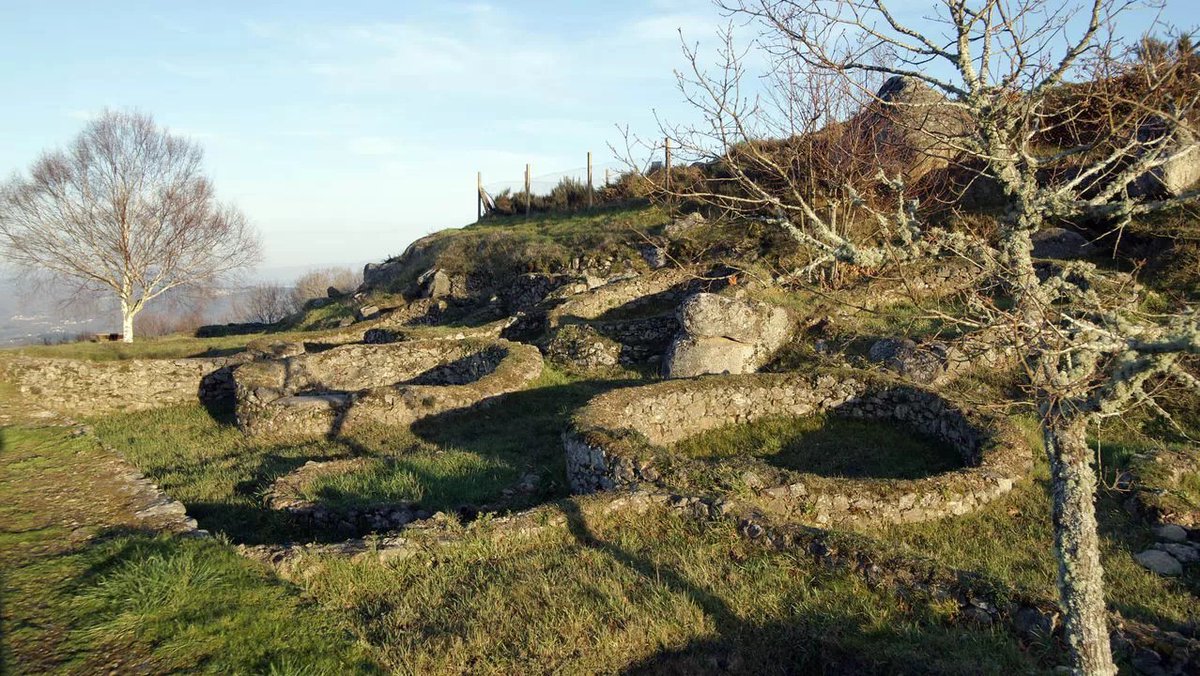
And let's end with a unique, rare, intriguing sculpture. It was found in the foundation of a building in this district, so it comes for sure from the IIBC or earlier. It is what you see, a 'monkey type' sculpture. WTF? A monkey? #HillfortsWednesday 
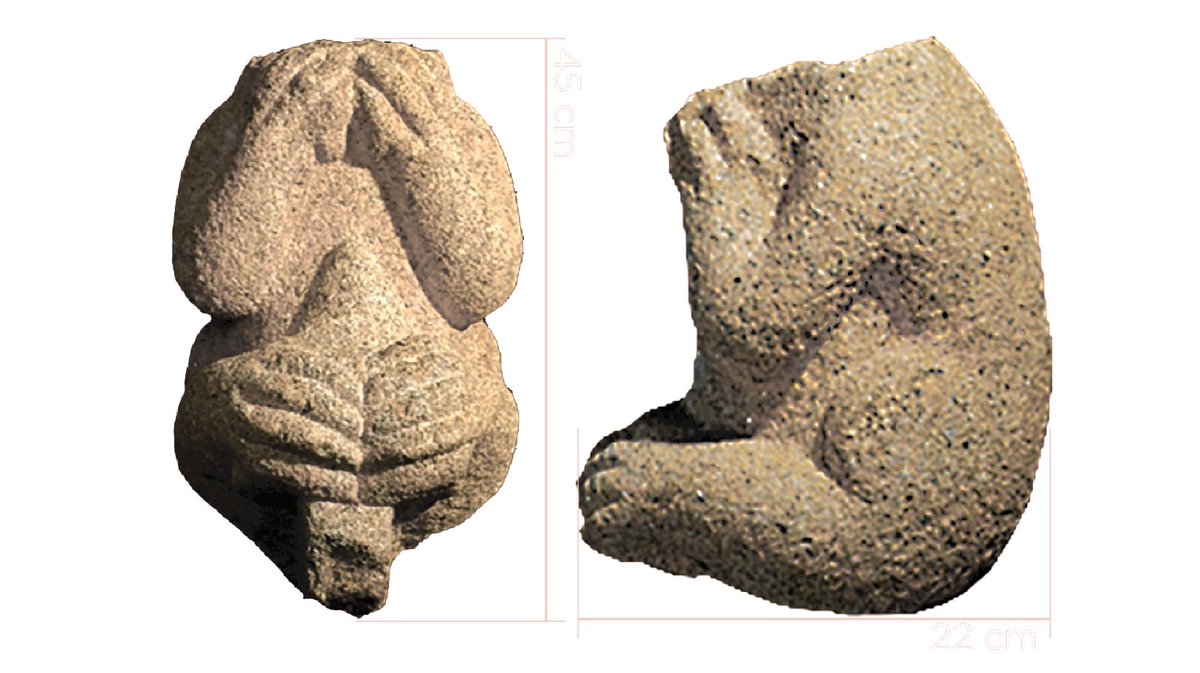
There is no similar statue in the Iron Age, and no one knows what it means. There were no monkeys in the north of the Iberian Peninsula. It is an example of a very diverse world, of which we still have everything to know. Have a nice day! #hillfortsWednesday 

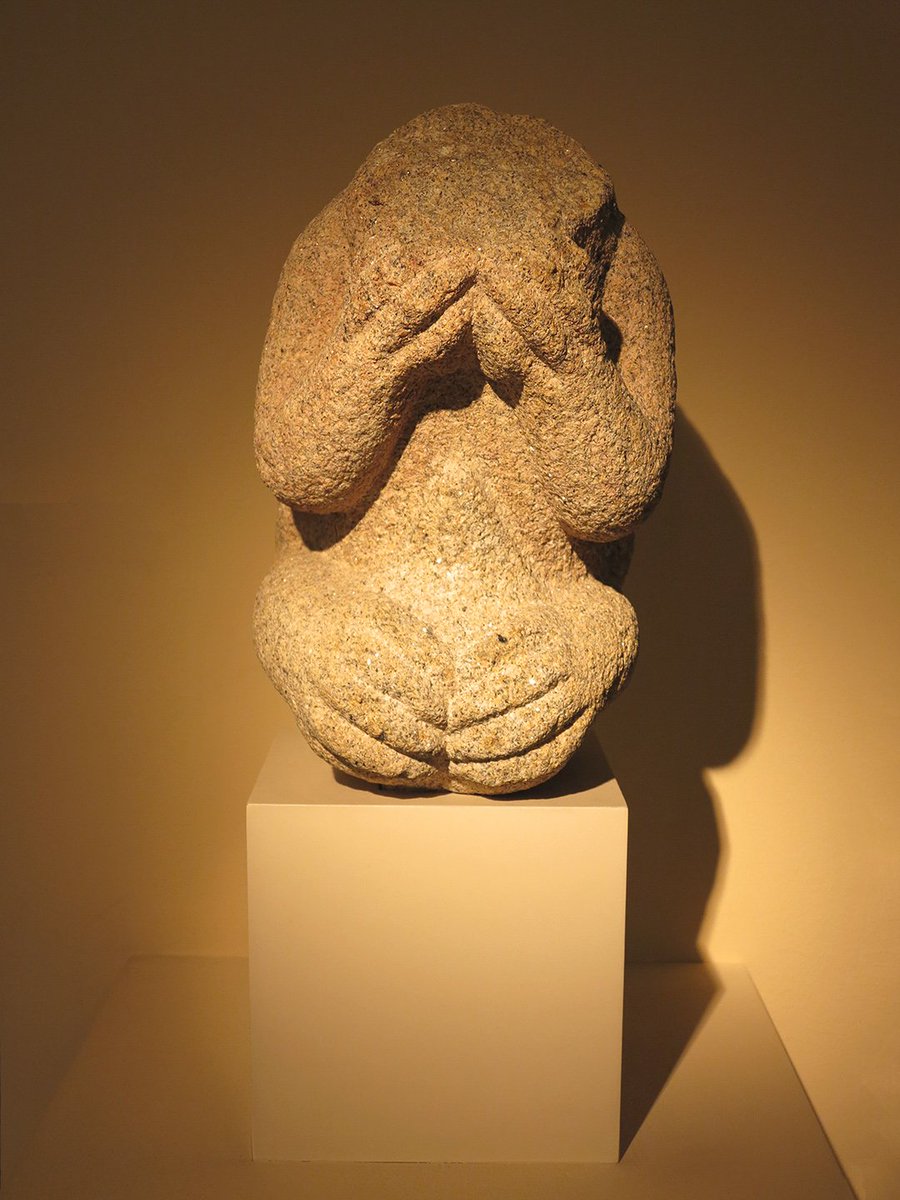
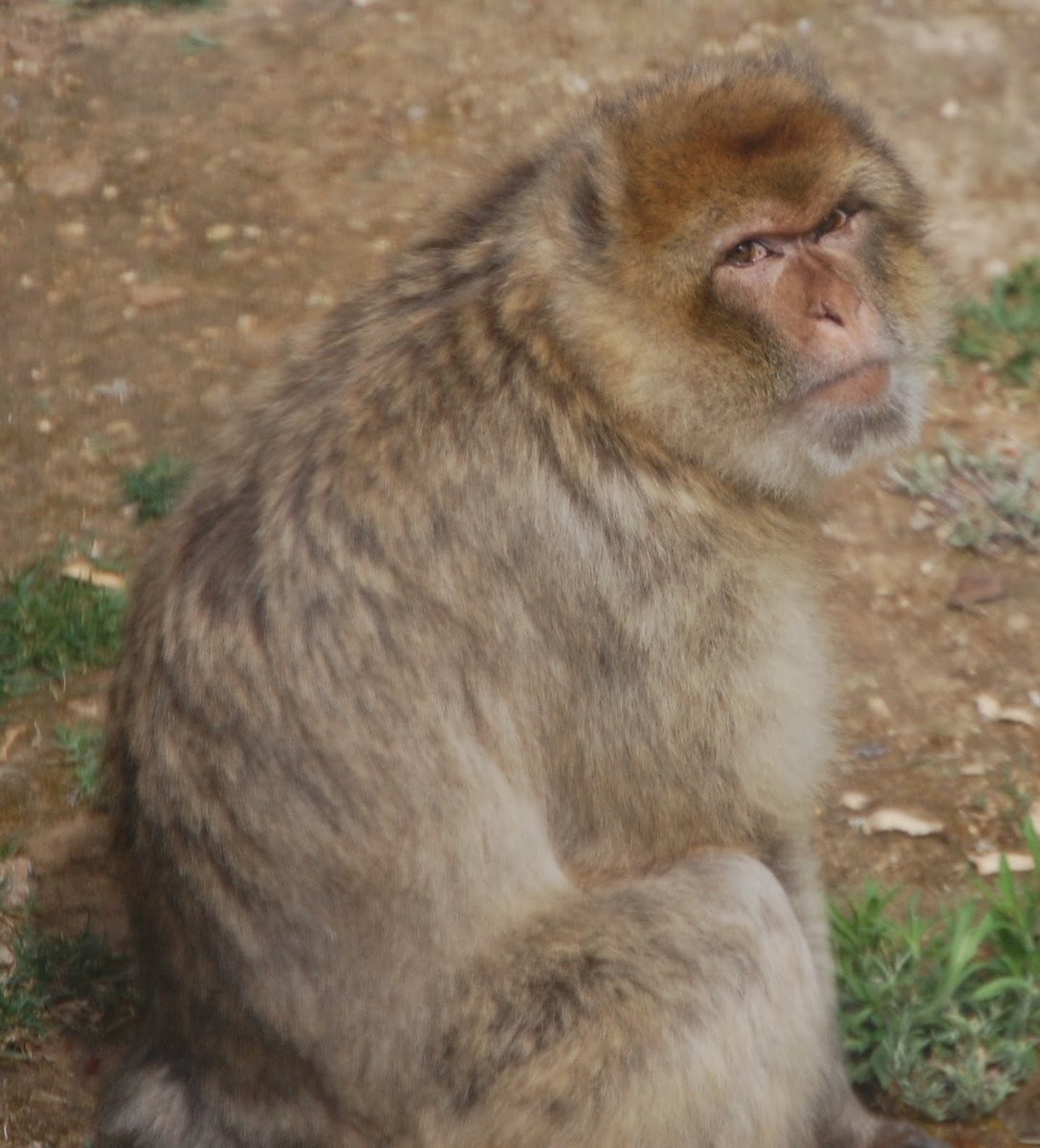
MDT by @fonte_joao. Castromao's official site: celanova.gal/castromao. On the reconstruction of tabula district, this paper of Nieto et al: nanopdf.com/download/a-rec…. On the tabula, a brief description by the museum (Galician and Spanish): musarqourense.xunta.es/peza_mes/tabul…
If you enjoyed this story, there's a whole Iron Age world to explore in my Moments!
twitter.com/i/events/12772…
twitter.com/i/events/12772…
• • •
Missing some Tweet in this thread? You can try to
force a refresh











